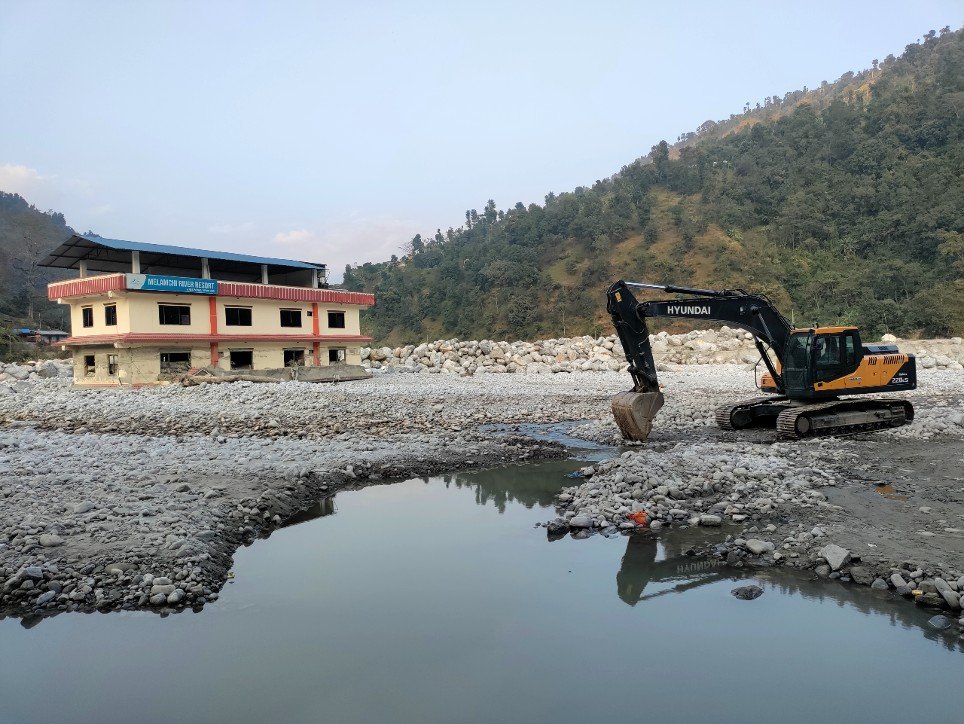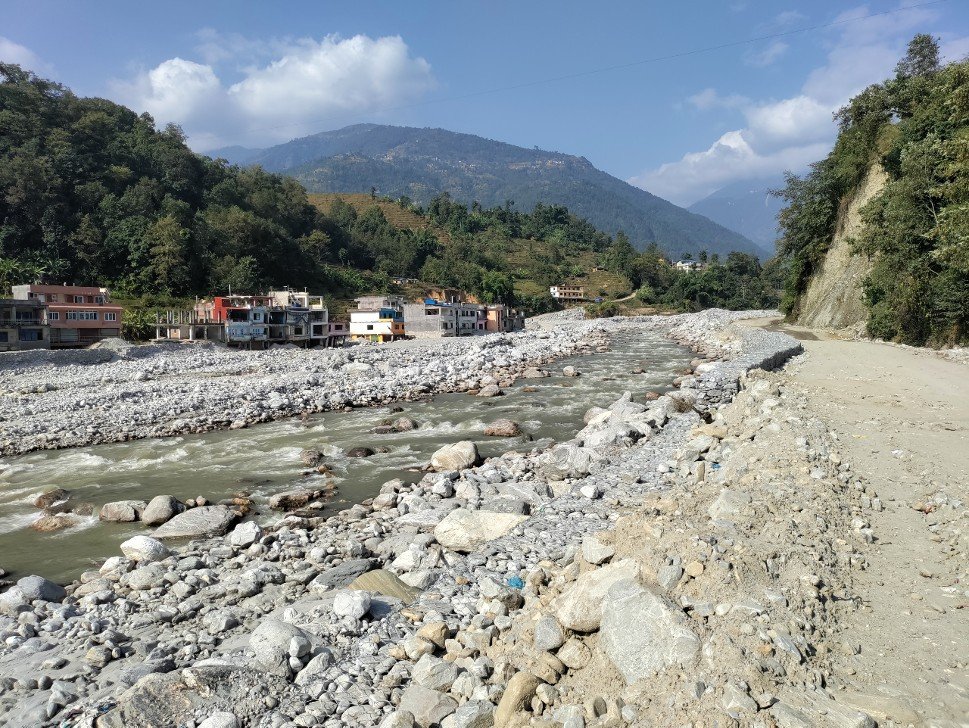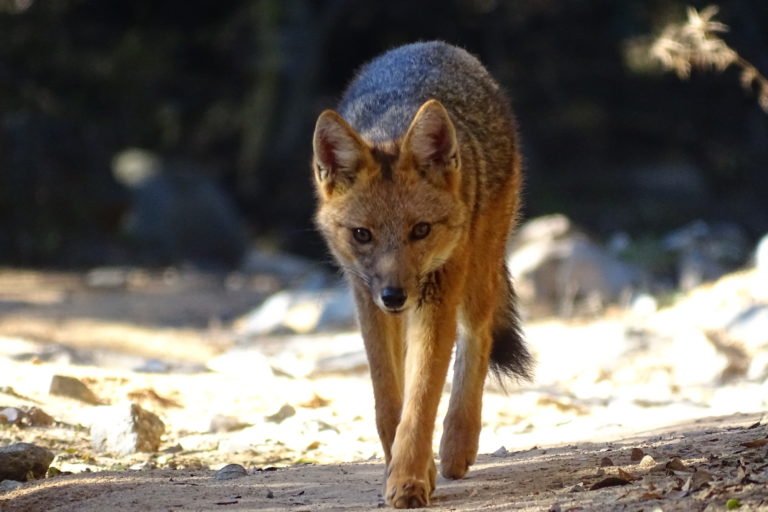- Climate change will be high on the agenda for voters and political parties alike when Nepal holds its general elections on Nov. 20.
- A recent spate of disasters, from a dengue fever outbreak to flooding, have highlighted the country’s vulnerability to climate change.
- Both the ruling party and the main opposition have for the first time addressed climate change and the related issues of climate change, environment and disaster management in their campaign platforms.
- On the frontline of the impacts, however, citizens are skeptical of getting the help they need, while local authorities say any lofty plans will be undermined by a lack of funds
SINDHUPALCHOWK — When Batuli Tamang goes to cast her vote during Nepal’s general elections, scheduled for Nov. 20, she will have only one thing in mind, she says: saving her newly built house from floods and landslides in the district of Sindhupalchowk, Nepal’s “capital of catastrophes.”
The 60-year-old lost her previous home to the 2015 earthquake. After her son returned from working in the Middle East, they built her a new home near the Melamchi River, in Sindhupalchowk’s Melamchi municipality. But following massive flooding in the area in June last year, Tamang says she fears losing her home once again.
“Landslides and floods threaten to wipe away the new house as well,” she says.
Tamang says she doesn’t know about climate change, but she’s sure there’s something wrong with the environment these days. “We lived next to the river for generations and never heard from our forefathers that the river would get flooded to such an extent,” she says. “Maybe the gods are angry with us. We need to leave the house every time we have rain because it could be washed away any time.”
The Melamchi flood hasn’t officially been attributed to climate change, but scientists studying it say higher-than-usual temperatures in the Himalayas may have been responsible. Unusually high volumes of water and debris cause the river to swell and burst its banks, leading to more than two dozen deaths and property damage valued at more than 67 billion rupees ($500 million).
Warmer temperatures also expose the loose soil underneath the snow, says researcher Rabin Raj Niraula. When a torrential downpour hits, again linked to climate change, it flushes this high volume of sediment downstream, where it can constrict the river and cause catastrophic floods, he adds.
Researchers say they believe these incidents could be repeated in other areas of the Himalayas as the world gets warmer. Similar disasters, or at even larger scales, have the potential to wreak more damage, they warn. Various international organizations such as Germanwatch, which advocates for sustainable development, have listed Nepal as one of the countries most vulnerable to the impacts of climate change. A recent dengue epidemic, losses to rice farmers due to unseasonal heavy rain, and floods in Nepal’s southern plains are other issues that have been linked to climate change.
This recent spate of disasters has finally gotten political parties to sit up and take climate change seriously, says Raghuji Panta, a central committee member of the opposition Communist Party of Nepal (CPN-UML).
During the last elections, in 2017, climate change barely featured in the platforms of the main parties. This year, major parties like the CPN-UML and the ruling Nepali Congress (NC) have highlighted the issue, which is crucial, Panta says: “One of these two parties is tipped to lead the new government.”
Geja Sharma Wagle, a member of the committee drafting the NC’s election manifesto, says the party gives the utmost importance to issues related to climate change. “We have envisioned five key pillars of a prosperous Nepal, and climate change, environment and disaster management form one of those pillars,” he says.
Both parties have pledged to increase forest cover in the country, which stands at around 45%. They’ve also made similar pledges on promoting the use of electric vehicles and electric stoves for cooking.

But for people like Tamang, living at the forefront of climate change, it’s action on the ground that they need, not fancy words and documents. “We need money to relocate and rebuild our house. Who is going to pay for that?” she asks.
In Melamchi, municipal authorities have decided to provide 300,000 rupees ($2,300) to each family that lost their home in the floods, and additional 200,000 rupees ($1,500) to those who no longer have land to build a home. But Tamang says she isn’t sure about accepting the money as it won’t be enough to buy another plot of land where she can rebuild. “In addition to that, I still need to repay the loan I took to build this house that we are living in,” she adds.
Amrit Kumar Dhital, the Melamchi municipal chief, says the government doesn’t have the resources to fully compensate for all losses caused by the floods. “We are doing our bit to provide relief to the victims, but we have limited resources,” he says.
At the federal level, politicians have the same message when it comes to compensating for loss and damage caused by climate change. “While we may talk about waste management, planned urbanization and increased forest cover, the harsh reality is that we can’t do much about stopping climate change as we are responsible only for a tiny proportion of global emission,” Panta says.

The issue of loss and damage has been incorporated into the main agenda of the COP27 climate summit that wraps up this week in Sharm el-Sheikh, Egypt. But as countries haggle over creating new mechanisms to address the issue and deciding who pays for damage caused by historical emissions, people like Tamang face more immediate, and uncertain, challenges.
On the hill next to her house, loose sediment has piled up. She says she doesn’t know when it will break loose and sweep away the house she built after losing the previous one to yet another disaster. When that happens, she says, none of the manifestos, election pledges or COP resolutions will matter.
Banner Image: Top Bahadur Baruwal, a resident of Helambu in Sindhupalchowk, Nepal points at a house devasted by the flood in the Melamchi in 2021. Image by Abhaya Raj Joshi
Feedback: Use this form to send a message to the author of this post. If you want to post a public comment, you can do that at the bottom of the page.
Also read:
Lack of timely rains, fertilizer hits rice farmers in Nepal’s granary
In temperate Nepal, climate change paves way for tropical dengue fever












